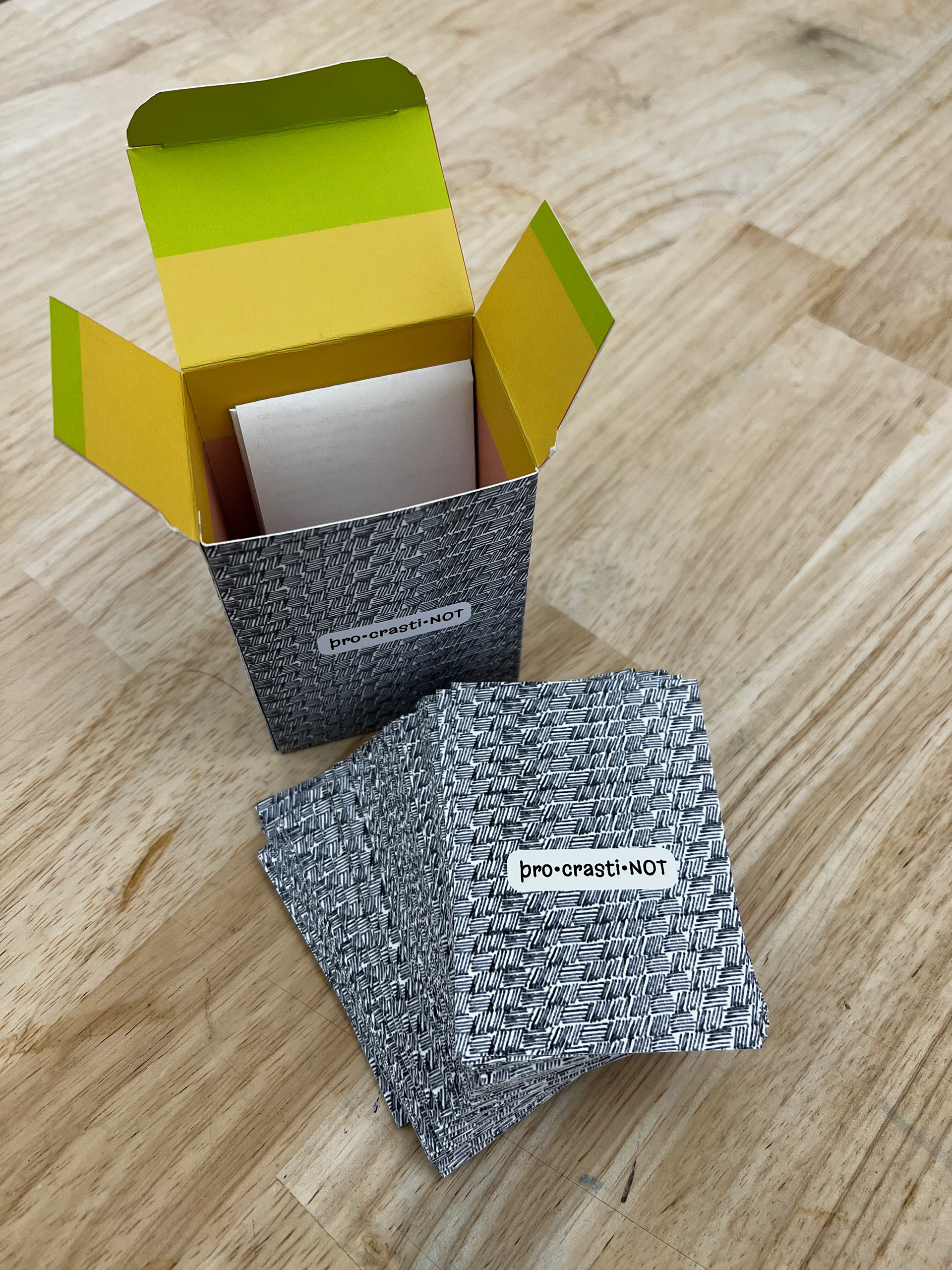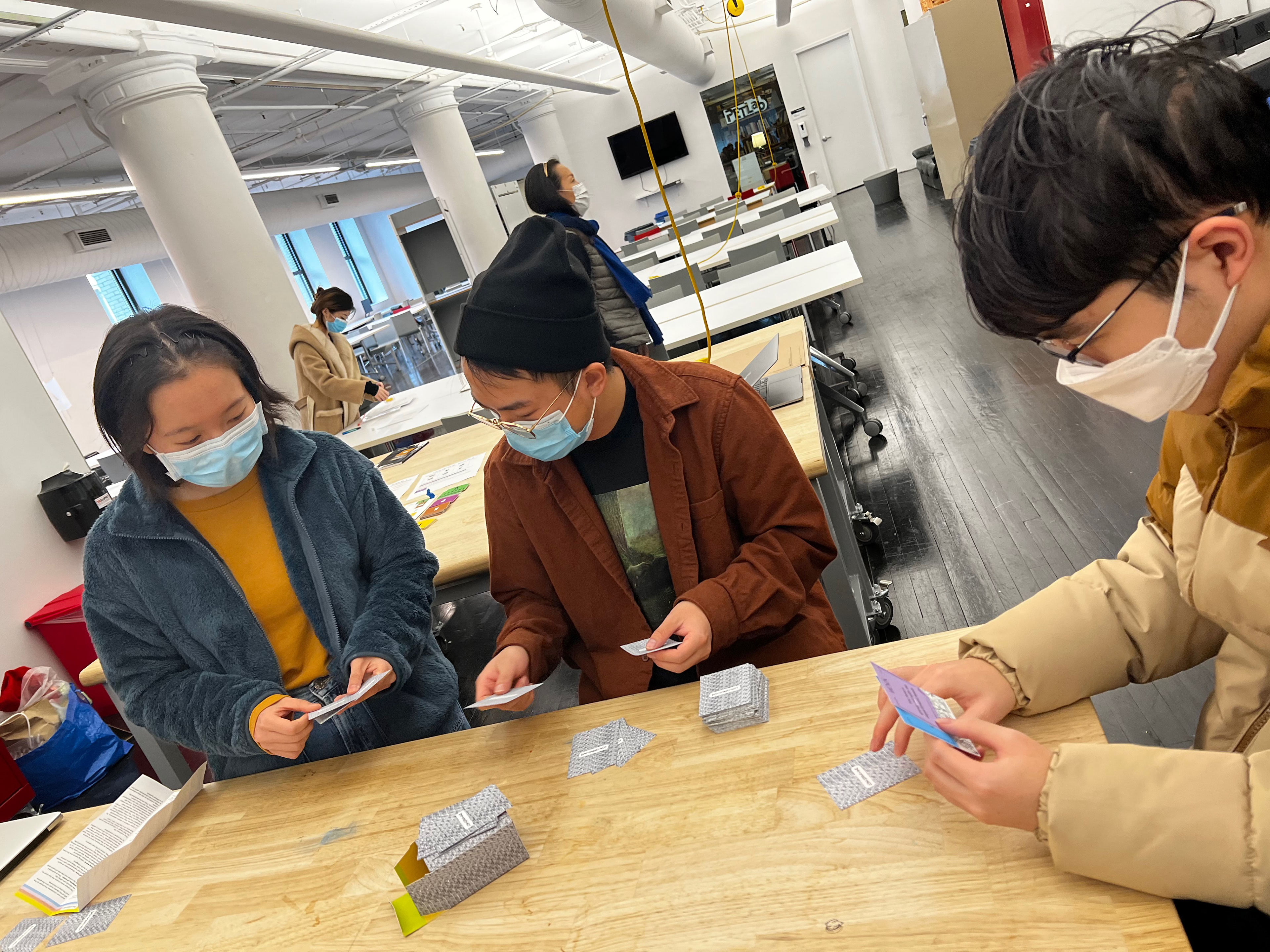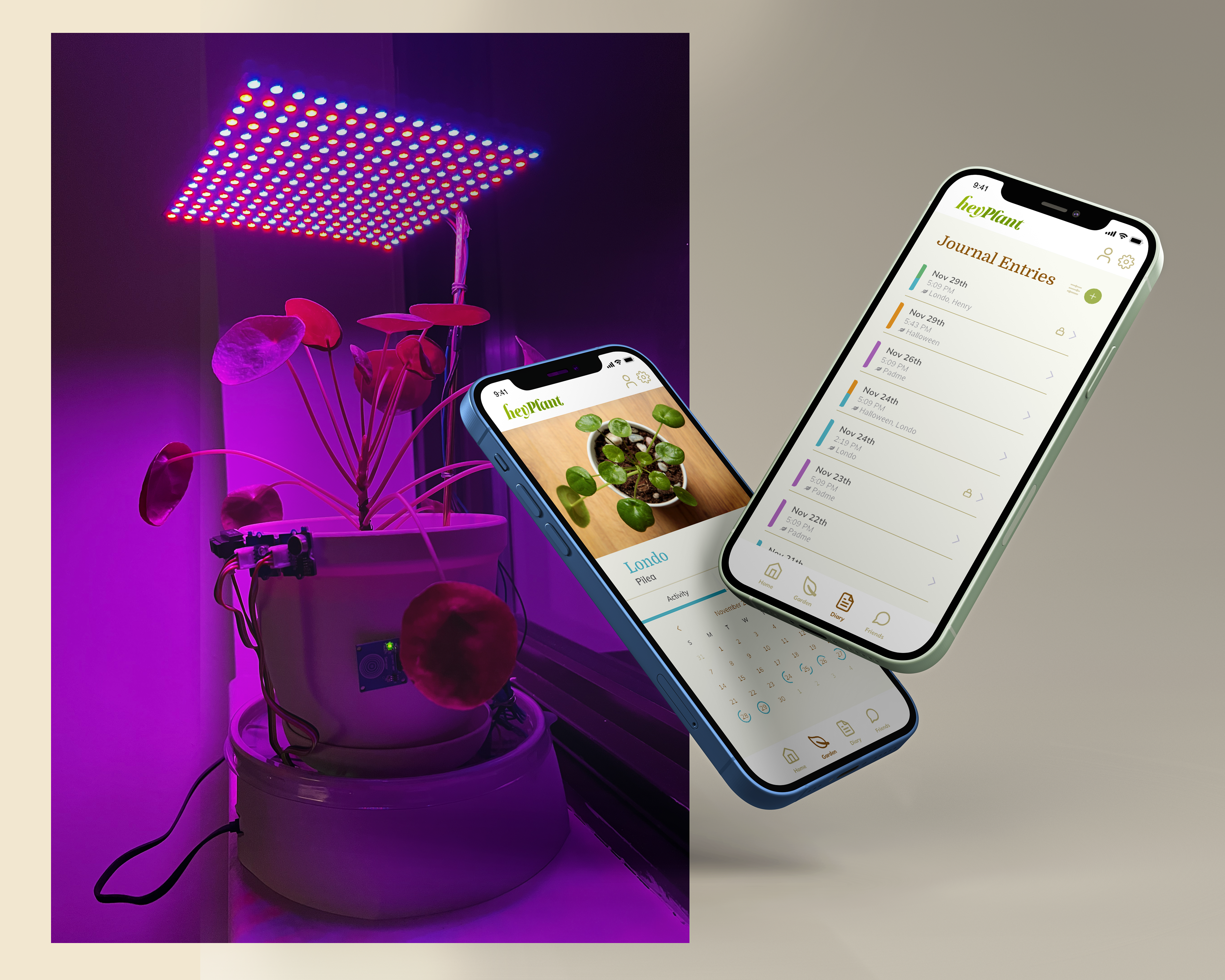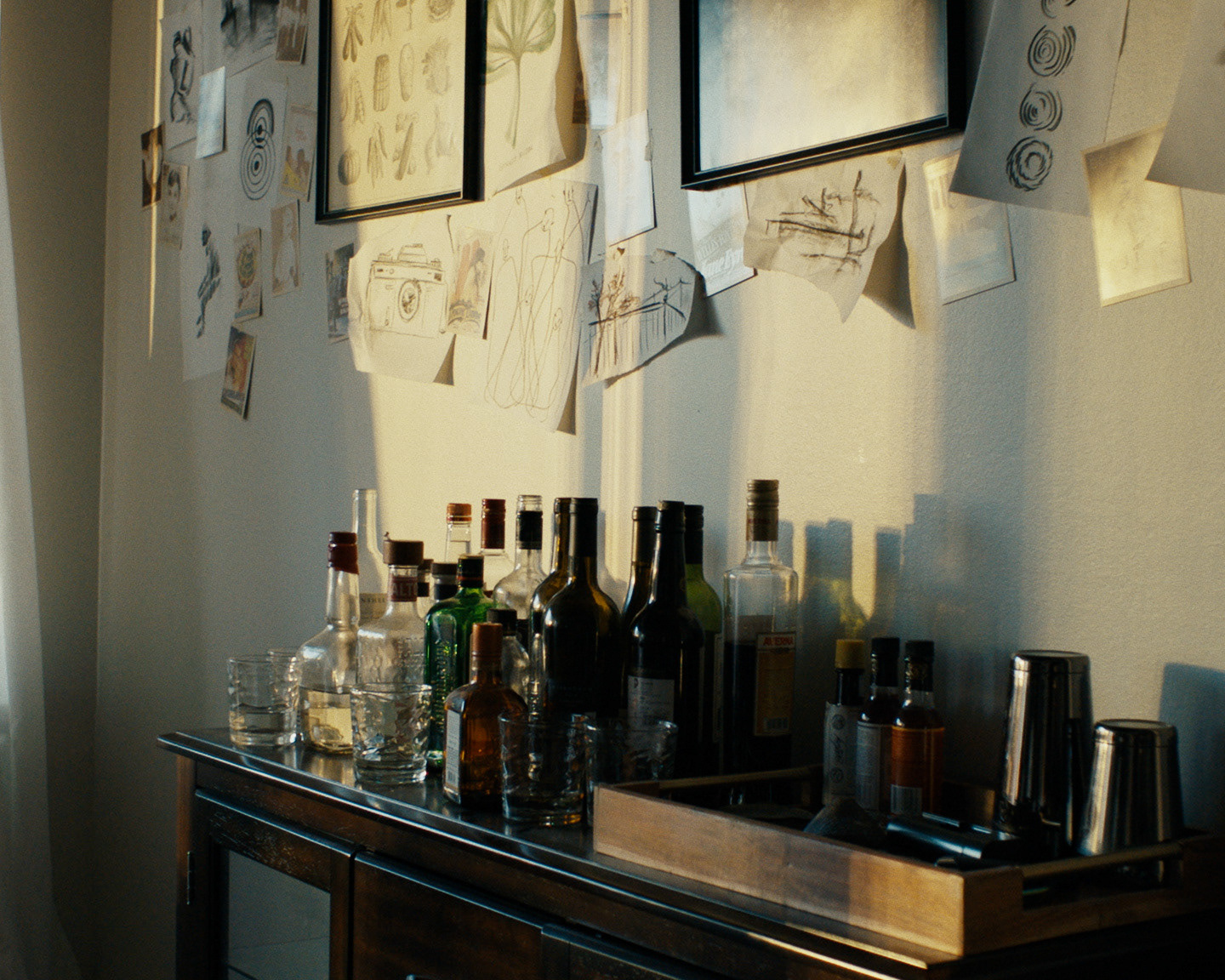pro-crasti-NOT
game design - strategy - illustration
pro-crasti-NOT is a multiplayer strategy card game that abstracts completing everyday tasks on people's to-do lists as a metaphor to how people navigate life by juggling many things.
2-6 players | ages 8+
Classroom Project developed for the elective - Game Design as Play Design at Parsons
Duration: 6 weeks (Nov - Dec 2021)
Goal
Players may win the game in two ways:
(i) discarding all the cards in their hand
(ii) collecting a dream sequence of three different cards forming a triptych or full picture
Design Value: to increase productivity, while having a balanced life
Kinds of Play: competitive & skill-based (mental)
Design Tools: strategy, chance & uncertainty
Game Elements
- Task cards based on 5 categories: COMMUNITY - EDUCATION - PERSONAL - HOME - WORK
- Angel Cards
- Help a Friend Cards
- Universe Cards
- Procrastinate Cards
- Swap Cards
- Prioritise Tasks Cards
- Dream Cards



Design & Illustration
The task cards are designed coloured sticky notes, a well-known, efficient method for task planning, organisation and management.
Each task is accompanied by a corresponding illustration in a black & white line drawing style.
The illustrations form a polyptych when task cards from the same category are arranged together.
Ideation & Design Process
We were asked to design a game based on the theme "Procrastination is the dream flow of the universe"
Precedents
Prototype 1
The initial prototype was created on index cards with a coloured band indicating the task category and diagonal lines indicating 'shared' tasks.
Play test feedback
Players looked at the categories more as colour categories, like Uno, instead of the intended work, education, home, personal and community
There were not enough connecting tasks and players kept drawing continuously from the draw pile
Difficulty in changing categories
Swap hands and prioritise tasks could be better for the game if played on any category
Most importantly, the tasks on the card became redundant and players did not read them - to add elements/ tweak the game by making players focus on the content of the cards - the tasks by adding linking words
Iteration
Most tasks were rewritten to allow for linking words and shared tasks. This was planned carefully on a Miro Board to determine the flow of the game.
Prototype 2
The second prototype had the category name written on top along with linking words underlined. Simple illustrations were added for the power cards, but none for the tasks.
Play test feedback
The game place certainly improved with the addition of linking words to ensure that there was enough mix between categories
Improvements needed to be made to collecting the dream sequence and the rules as players were unsure how to end the game using these cards
An aspect of narrative building or storytelling needed to be woven into the player experience, along with memory or recollection. This would lead to players focusing more on the content of the task cards and not just searching for the linking words
Iteration
Using Dixit as inspiration, the rules of the game were changed to allow for incite player discussion. When a player collected a dream sequence, they must be ale to recollect the last task that they played. This builds well into the larger themes of dream, memory and recollection. The other players must check the discard pile and unanimously agree if the said player has won or not.
The cards were then typeset and illustrated.
Images from Play test sessions
























